I am a big fan of Disney animation; in that way, Disney’s 1940 animated feature film Fantasia has held a special place in my heart. I remember watching it as a little kid, and still vividly recall its segments. They were delightful when Mickey Mouse became a magician, humorous when a hippopotamus did ballet, and scary when demons and witches made an appearance. Yet, one unique segment attracted everyone’s attention, embedding itself in the minds of many for a lifetime; a segment about the history of Earth featuring the rise and fall of the dinosaurs, and known as The Rite of Spring.
The idea of Fantasia initiated in 1937, when Walt Disney discussed with one of the leading conductors of the early 20th century, Leopold Stokowski, a musical short he was working on. The idea developed into a feature animation set to classical music. The two spent months selecting classical pieces, which Stokowski arranged and recorded with his orchestra, and Disney and his fellow artists expressed through their drawings.
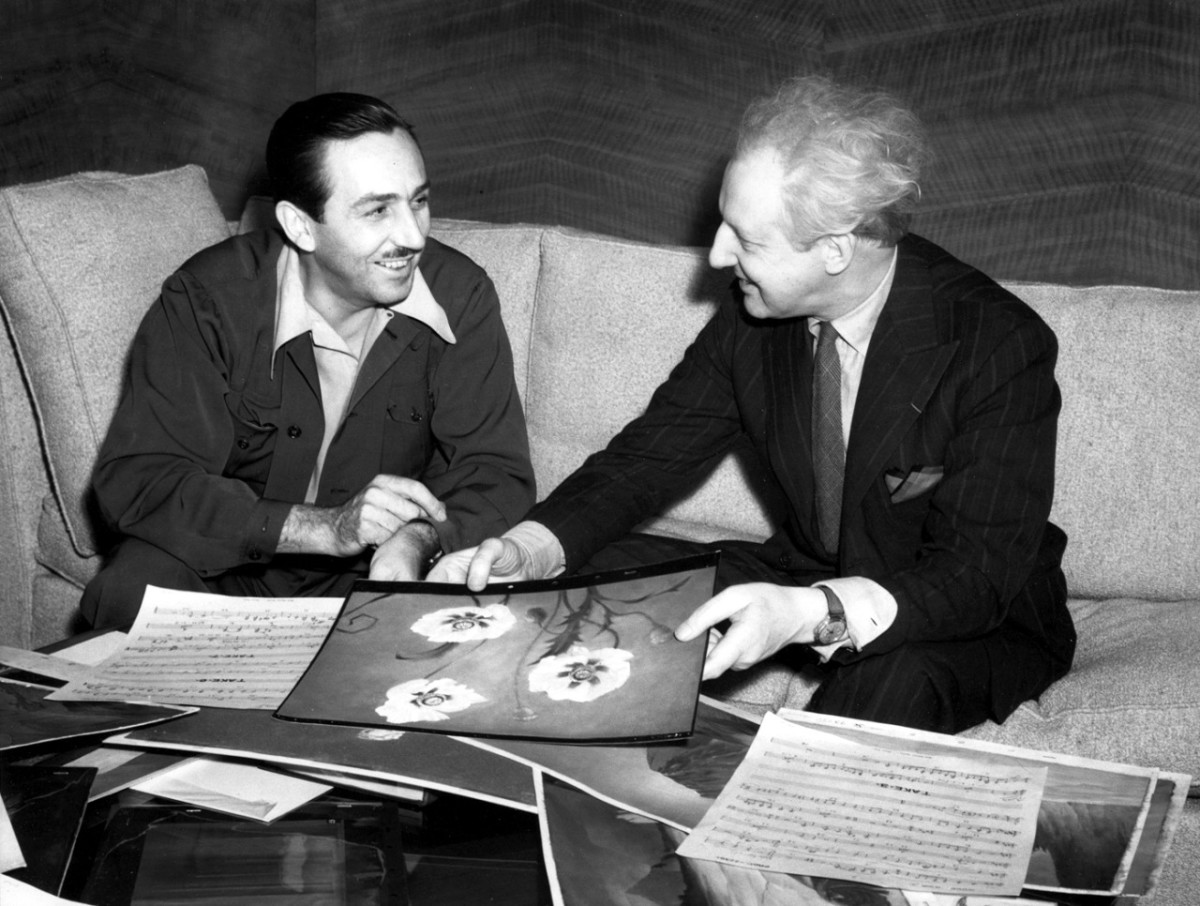
Fom the Left: Walt Disney, and Leopold Stokowski
In his film, Disney chose to put the then-emerging scientific version of the Earth’s creation on the screen, set to Igor Stravinsky’s brilliant and revolutionary work, the Rite of Spring ballet. Rather than presenting Stravinsky’s music in the form of a simple series of dances, Disney visualized it as a parade depicting the prehistoric world. It fused science and art, as described by many “imagination based on facts”, where research and accuracy were the segment’s integral components.
Deems Taylor, an American composer and promoter of classical music, acts as the film’s master of ceremonies, presented the segment, saying: “Science, not art, wrote the scenario of this picture”. The story presented in this segment, as described by Taylor “is not the product of anybody’s imagination. It is a coldly accurate reproduction of what science thinks went on during the first few billion years of this planet’s existence”.
The Rite of Spring, the longest segment in Fantasia, starts with the early formation of Earth, before there was any life. “So now, imagine yourselves out in space, billions and billions of years ago, looking down on this lonely, tormented, little planet, spinning through an empty sea of nothingness,” said Taylor introducing the segment.
After presenting a view of the Milky Way in the distance, Disney artists successfully painted a frame no photograph had yet captured, which is the view of our Earth as seen from outer space. The scene is followed by a closer frame of Earth, which is hot and volcanic. Some of the most incredible animation lies in the scenes of erupting volcanoes, boiling lava and its flow over the Earth’s surface, the gradual formation of seas, and the single-celled life inside them.
.jpg)
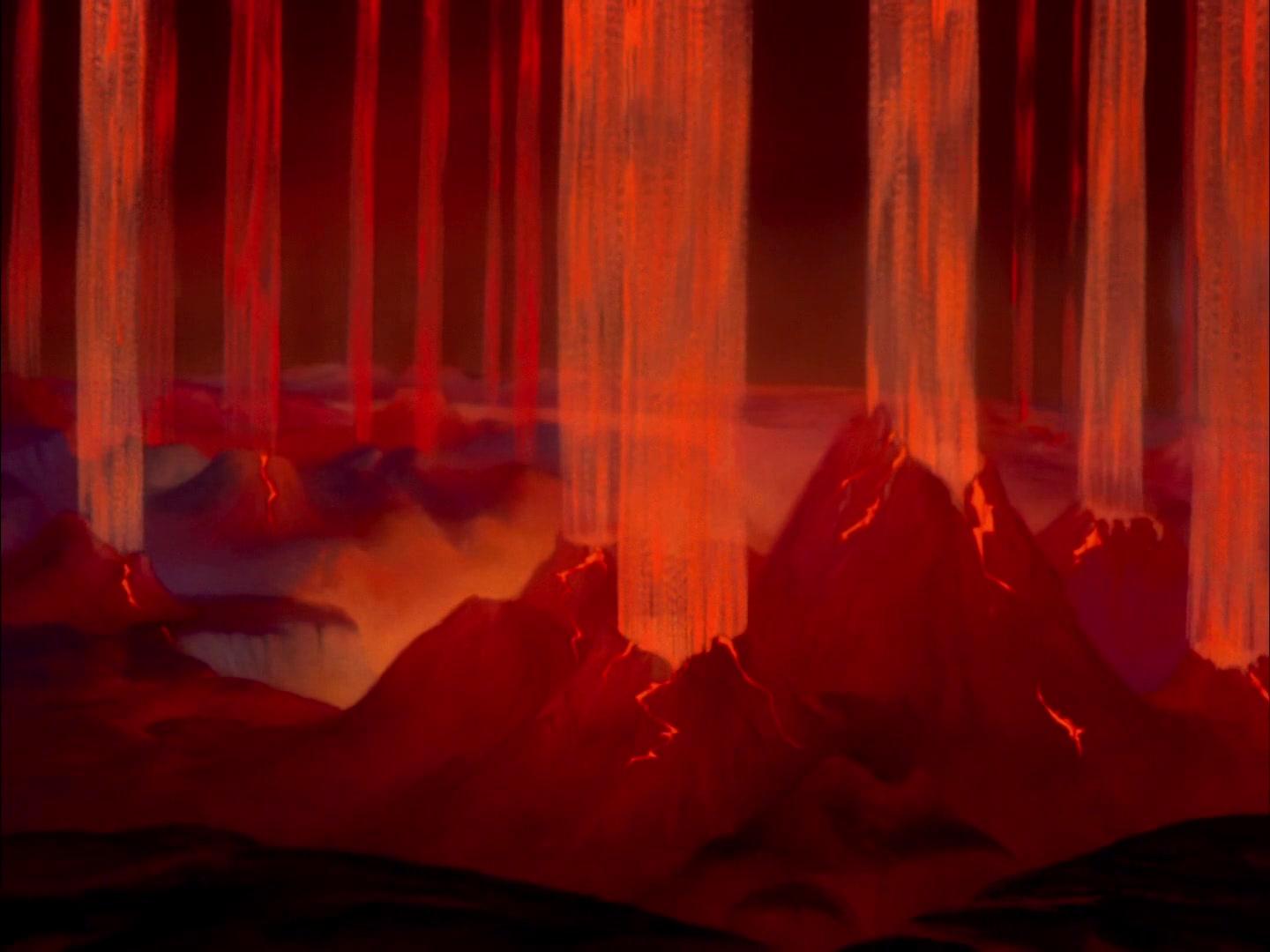
According to science, the first life forms were single-celled organisms, which developed under the sea; and then, all kinds of marine creatures were there. After one billion years, an ambitious fish crawled up on land, resulting in the emergence of animal life and the rise of dinosaurs.
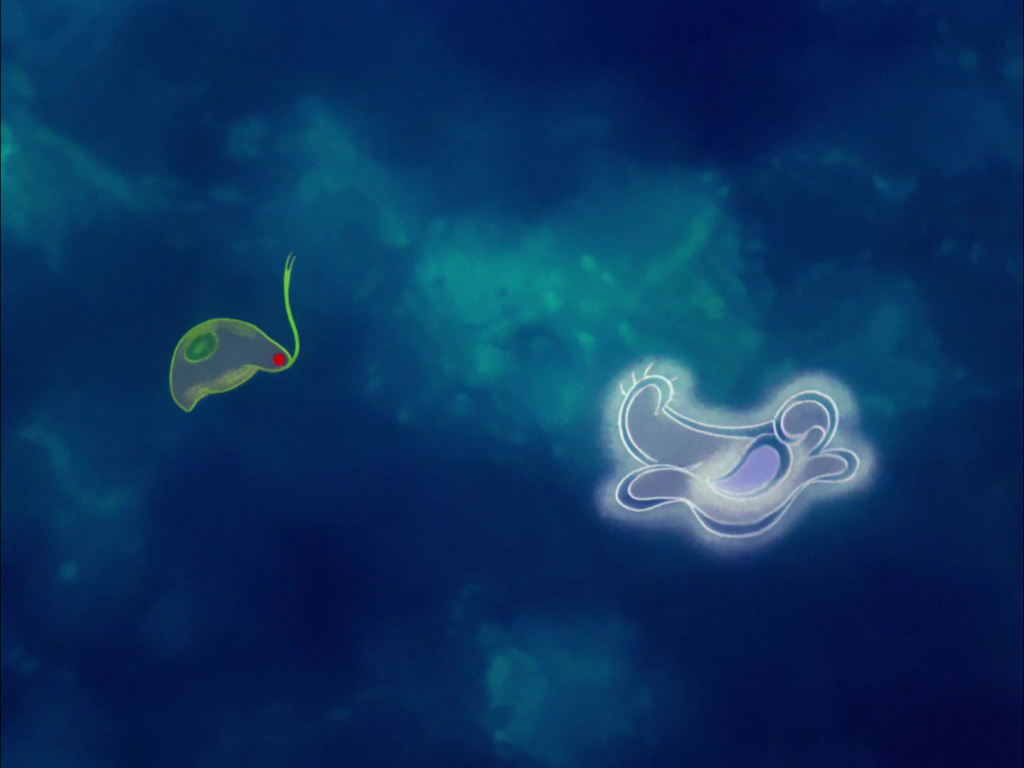
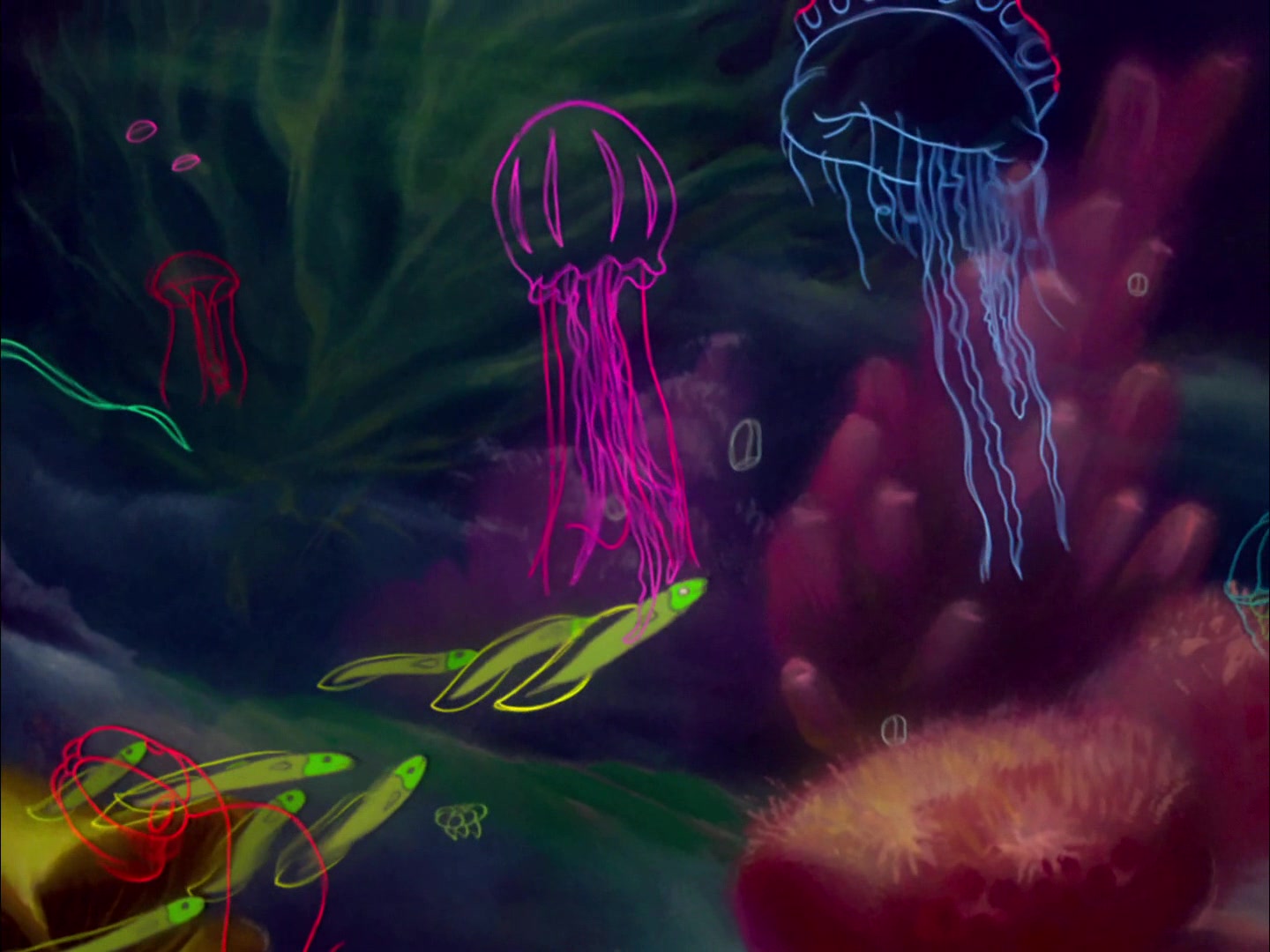
To portray the planet’s early inhabitants, Disney consulted specialists and advised the artists not to make them cute animal personalities, but to make them real. Accordingly, pet iguanas and a baby alligator were brought to the Studio to inspire the animators. The fight for life supplied the organizing idea of the segment, where the artists animated the ferocious battle between the Tyrannosaurus rex and the Stegosaurus.
The segment ends with great droughts, massive earthquakes, and floods that wiped everything clean. These groundbreaking scientific discoveries displayed on screen have helped turn millions of children into dinosaur enthusiasts and great evolutionary biologists.
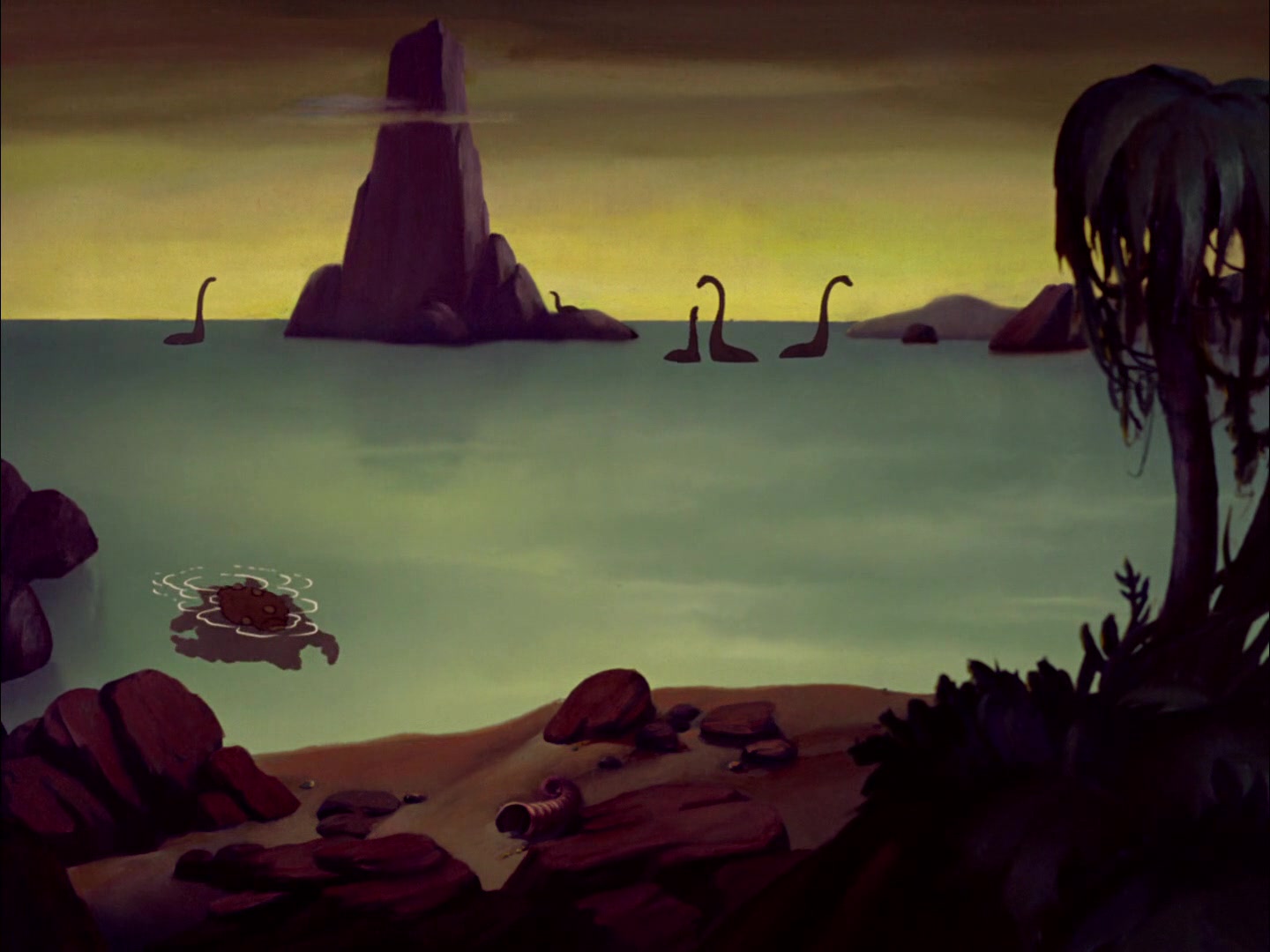
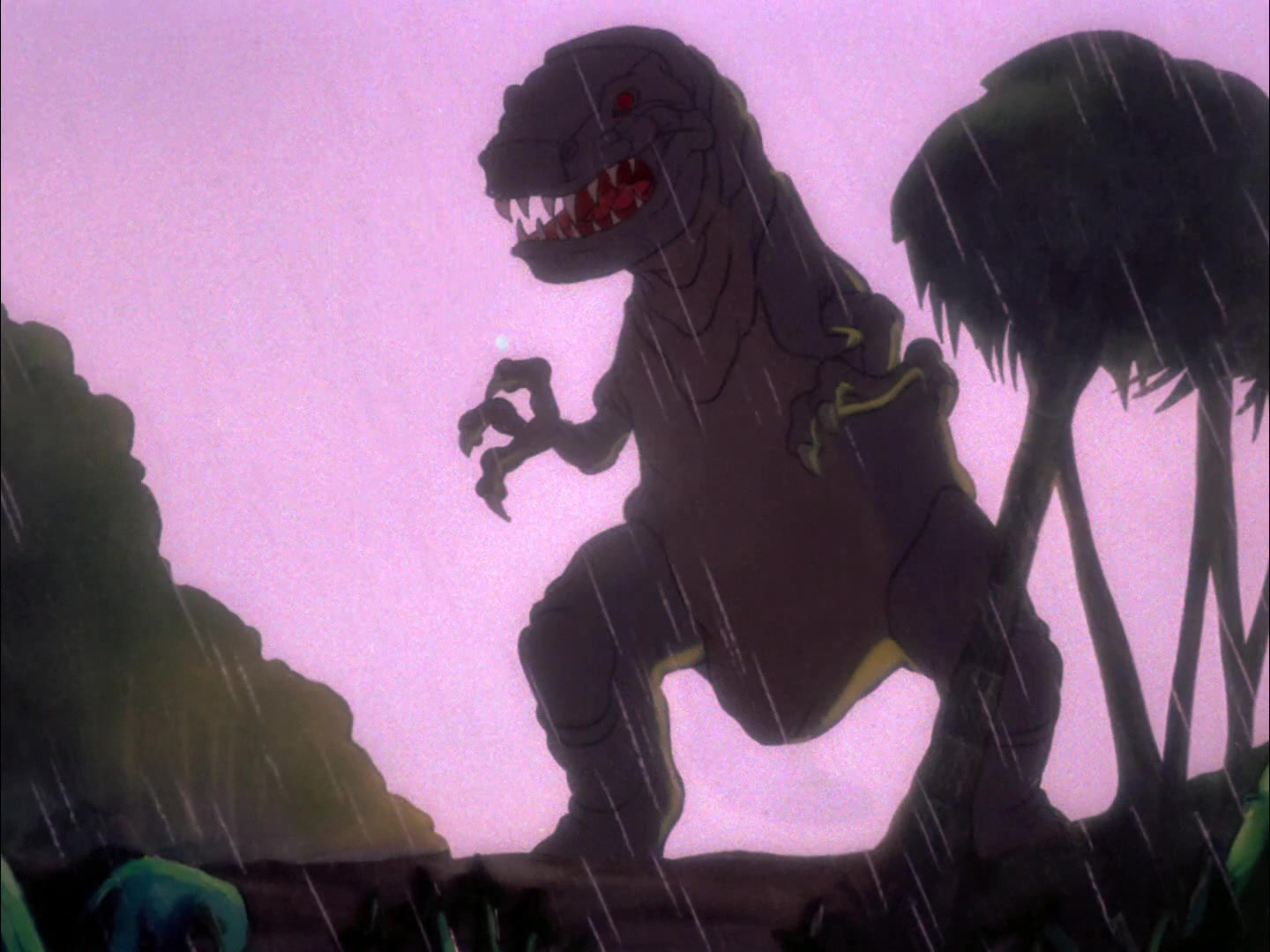
Personally, I adore Fantasia as a whole and I would recommend it to everyone, especially animation and music fans. I would like to remind you that none of the film graphics were generated by computer; they were all made by hand before any computer animation techniques were applied, and the music was performed live by a real orchestra. The film is considered a truly avant-garde work at the time of production, and if you are going to judge the film, please try to think using the standards of the 1940s not ours.
References
Thomas F. Kelly, First Nights: Five Musical Premieres
Terry Teachout, Why Fantasia Mattered?
Alex Ross. The Rest is Noise
Douglas Brode, From Walt to Woodstock: How Disney Created the Counterculture
new-savanna.blogspot.com
teepee12.com
whendinosaursruledthemind.wordpress.com
evolutionnews.org
*Published in SCIplanet, Earth Sciences (Spring 2017)